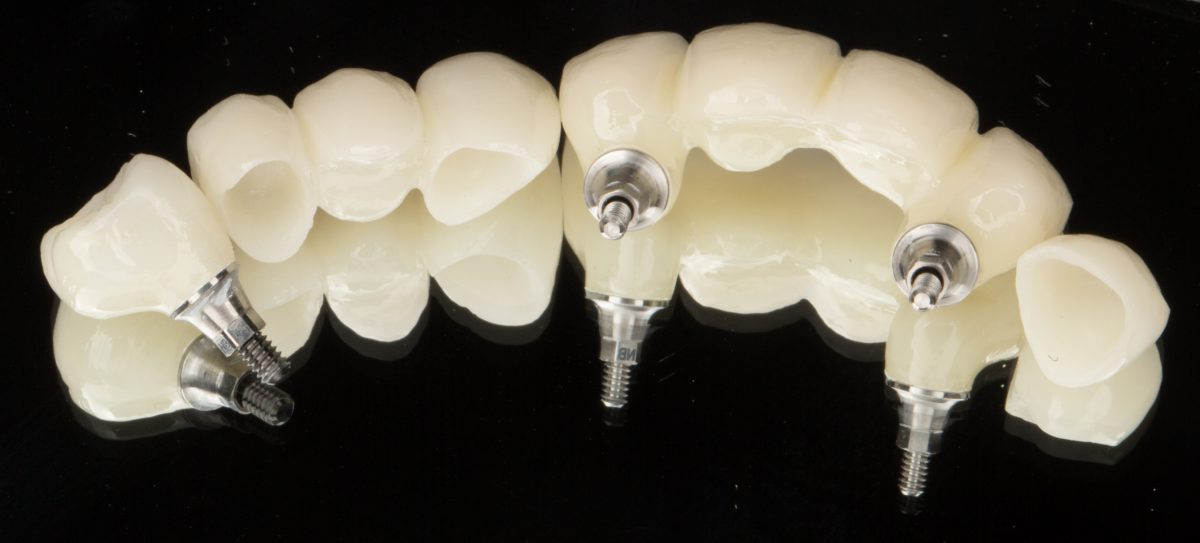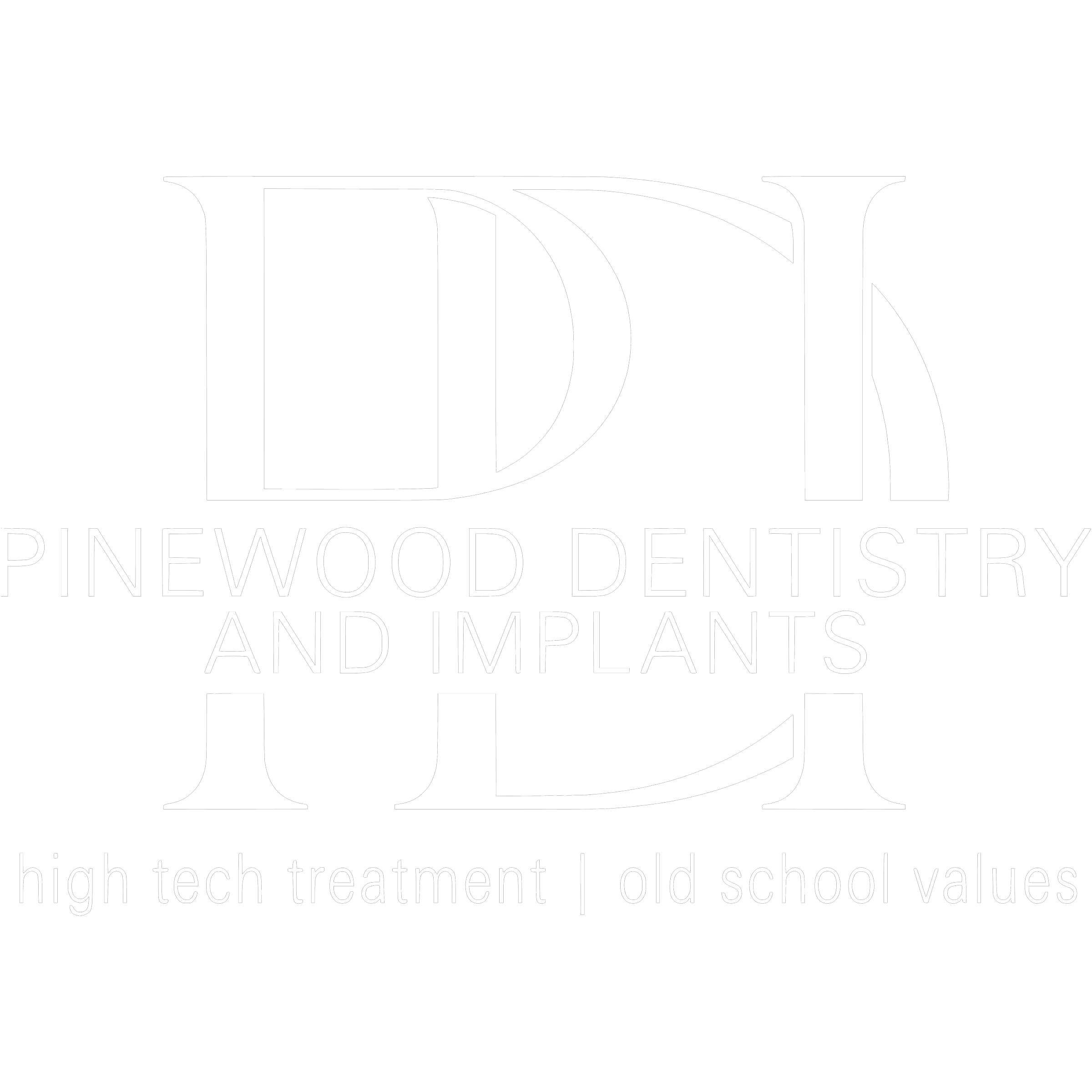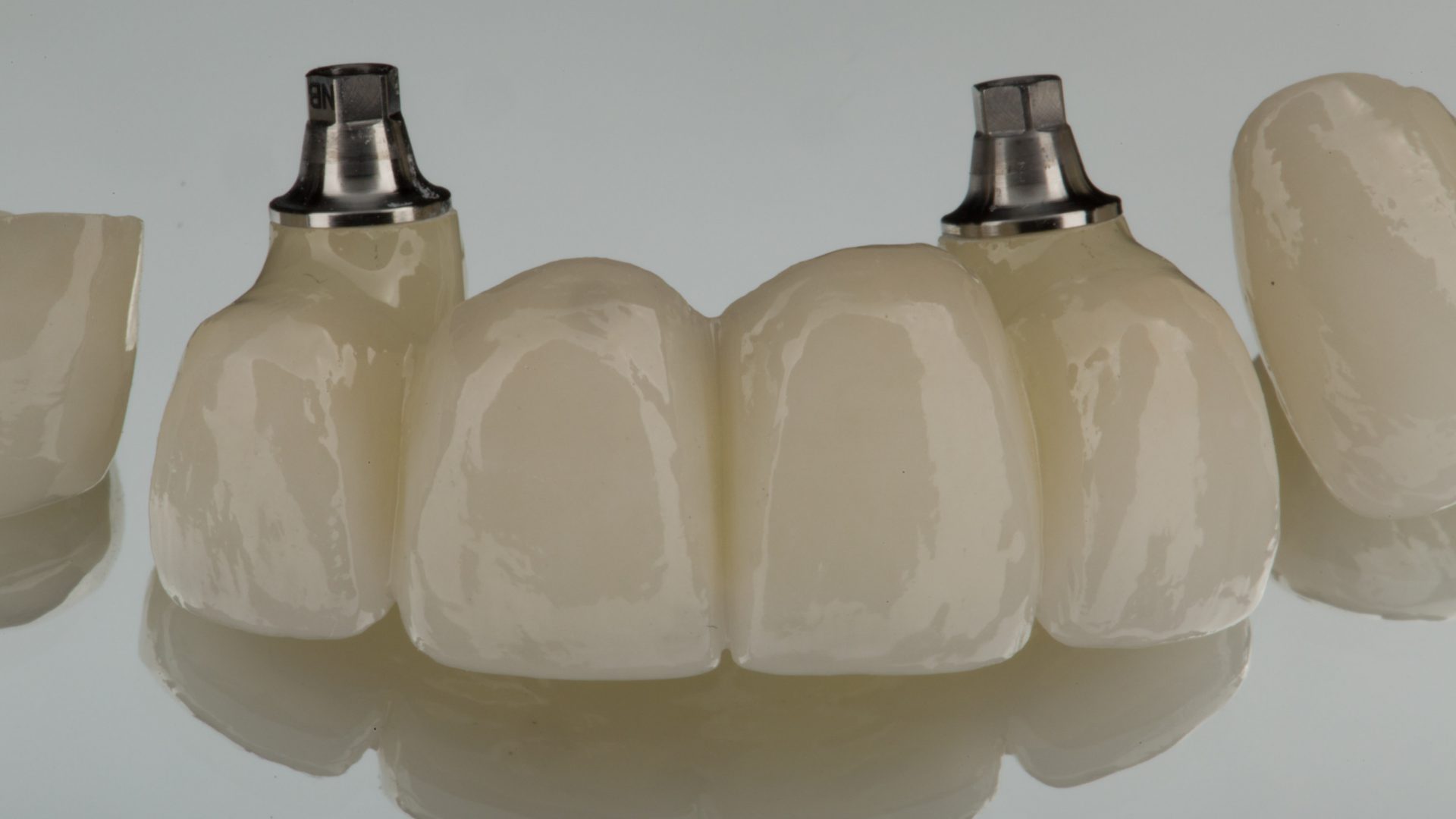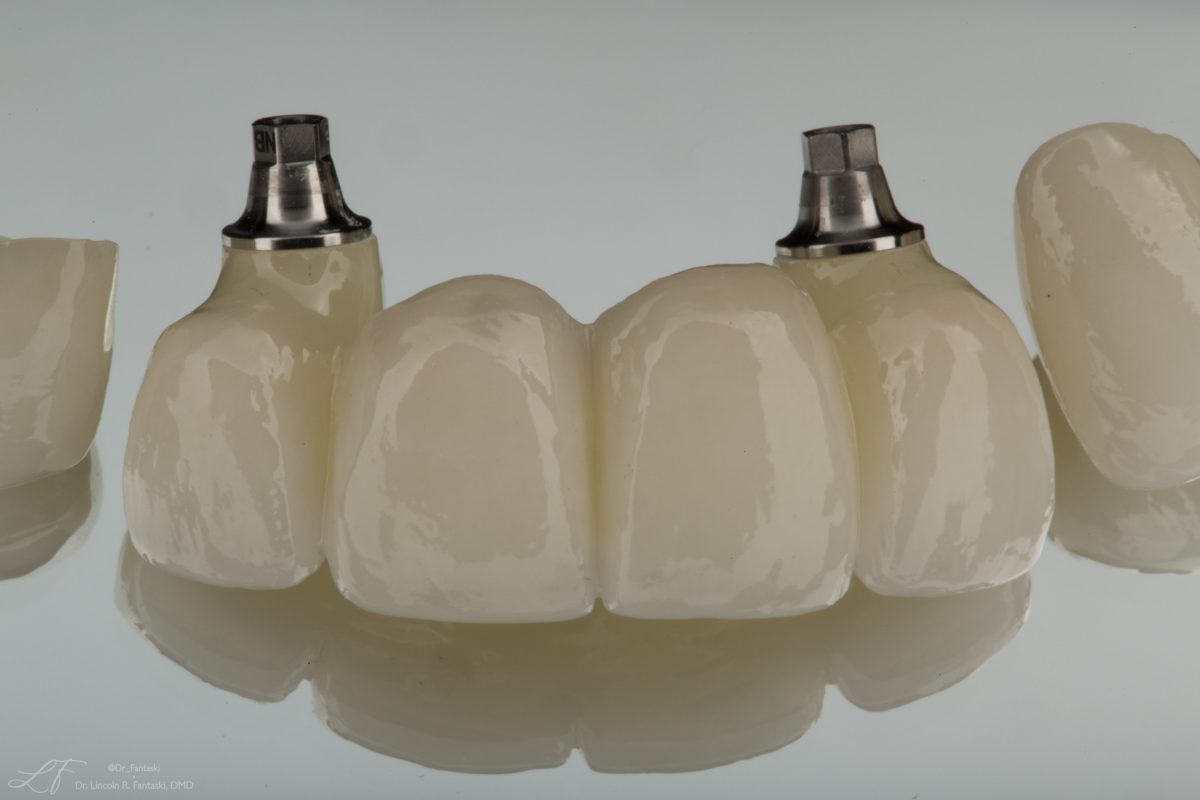Dental Implants
Dental implants are one of the most exciting treatment modalities available today, but are almost an entire specialty of dentistry in and of themselves! So often I have patients come in for an “implant consult” and quickly realize there is so much to explain! I want to break this into a subset of pages to describe different parts of the process… for general information about implants, please read below, or for information on particular parts of the process see the following sub pages for more information.
1) What is a dental implant? How does it work?
2) Patients want TEETH – not implants! Implant Restorative Options.
3) What if I don’t have enough bone or soft tissue? (Grafting Options)
4) Digital and 3D Planning – Guided Dental Implant Surgery and Restorations
A missing tooth or teeth can leave you with a smile you may be too embarrassed to share. Unfortunately, an incomplete smile not only has an impact on your self esteem, but can lead to serious oral health issues, as well.
The good news is that dental implants are a fantastic alternative to a single or multiple missing natural teeth, and the process is easier than ever!
Replace Missing Teeth with Dental Implants

Tooth loss can impact the appearance of your smile, your confidence, and your oral health. When left untreated, your remaining teeth may become misaligned or your jawbone can atrophy. Fortunately, you can fully replace one or more missing teeth with dental implants. Using a titanium replacement tooth roots, dental implants are surgically implanted into the jaw to support a number of restorations including dental crowns, bridges, dentures, or All-On-4/All on X/Hybrid prosthetics.
FAQ About Implants:
How long do implants last?
Dental implants can last decades with proper care. The restorations supported by your implants may need replacement or service from time to time, but implants can provide benefits over a lifetime with proper care, and regular dental cleanings.
When do I have to get implants?
The time is NOW – the sooner you lose the tooth, the sooner you should consider having an implant placed, less risk excessive atrophy requiring grafting or other procedures prior to restoration. After you lose a tooth, your jaw bone will begin to atrophy. I tell patients “bone is expensive” so you aren’t using it, your body will “let it go”. The best option is to have the implant placed when the tooth has to be lost, if possible. If that doesn’t work (and sometimes, we just can’t make it a reality!) a graft should be placed into the socket to retain the bone volume and density. Once the graft heals (which takes 3-12 months depending on the extent), the implant should be placed as soon as possible. But if that doesn’t work, ideally within 12 months of the graft being ‘ready’. The main reasons for having the implant placed sooner are: maintaining bone, maintaining proper keratinized soft tissue to support the implant, and finally – maintaining the space. I tell patients “teeth want friends” so they will shift if their neighbor is removed. The faster we can replace the missing tooth, the better!
How do they FEEL?
Implant-supported restorations function just like natural teeth, with no slippage or adhesive (looking at you – Poligrip). You do not need to worry about repositioning, clicking, or smacking. For single teeth, they also look like natural teeth and blend in with your surrounding teeth. With dental implants, you can eat a rare prime steak or speak with clarity while your teeth stay firmly in place. For removable appliances, they feel ‘solid’ and dont rock or move around. For fixed full arch hybrid restorations, they feel ‘hard’. The process of acclimating to the prosthetics can take some time, as the full arch restorations can’t ‘feel’ how hard you are biting, or any pressure being applied to them.
How long is the process?
The total process can be around 4 months, if everything goes perfectly, but sometimes we have to wait longer for healing or planning. The consult is usually around an hour, but sometimes can take a bit longer for more complex cases. The actual surgical appointment is usually around an hour for a single implant, or a few hours for multiple. The appointments for follow ups are usually 15 minuets each. The implants heal for 3-6 months usually, and we ‘torque test’ or check them after they are done healing during a follow up visit. Impressions or scans are then taken for the final restorations, and the delivery appointment is around an hour – depending on how complex the restoration is.
Types of Dental Implant Solutions
Now a days, we different types of dental implants and restorations to accommodate your needs. In addition to traditional single tooth implants restored with either an abutment supported or screw retained crown, we also provide implant bridges, implant dentures, All-on-4® or hybrid dentures/prosthetics, and mini/short dental implants for full arch or denture anchorage. These options can often eliminate the need for complex bone grafting if you have experienced too much jaw atrophy to support traditional implants, but a CBCT and exam will be necessary to see what the best options are for you.
While mini implants are smaller in diameter and require less bone tissue for support, All-on-4 or All-on-X implants are positioned at special angles to maximize contact with the available jawbone. During your consultation, your doctor will conduct a thorough evaluation and expose a 3D CBCT X-ray to determine the density and thickness of your bone to determine which type of implant is best for you.
Depending on how many teeth you need restored, your dentist may recommend different types, or numbers of implants. While a single implant can replace a single missing tooth, it is possible to restore every tooth on an arch on as few as 4 implants.
Candidacy for Dental Implants
Your dentist will evaluate your candidacy by reviewing your medical history, listening to your concerns, and understanding your goals prior to treatment. Certain lifestyle factors, past surgeries or medical treatments, and current health condition can all have an effect on candidacy. Factors that must be considered include:
Sufficient Hard and Soft Tissue
A solid jawbone is necessary for dental implant candidacy. If you have lived with a missing tooth or teeth for a long time, your jaw may be too atrophied to support implants. If this is the case, bone grafting can replace the lost bone. Similarly, sufficient soft tissue is required to support the bone and implant, and may need to be grafted for an ideal outcome.
Periodontal or Gum Disease
The health and strength of your smile rely on the foundation provided by healthy gums and the underlying alveolar bone. If you suffer from gum disease, you will need to undergo periodontal treatment before you can receive dental implants.
Smoking
Smoking increases your risk of experiencing implant failure, but does not eliminate your candidacy. You will have to abstain from smoking after surgery for at least a week to allow optimal healing, and we prefer patients to quit smoking prior to surgery too. Patients who smoke need to accept the additional risk that brings prior to beginning the process, or consider smoking cessation options prior to beginning treatment. Be sure to talk to your dentist if you smoke tobacco, or anything else.
Diabetes Control
Autoimmune disorders such as diabetes can increase the risks of surgery and inhibit the healing process. If you have diabetes, it is paramount that you have your treatment regulated and under control, and your doctor will want a recent HbA1c reading from your physician.
Dental Implant Process
So you think you may need dental implants, what is the process? The first is the exam and consultation, to figure out what your options are and formulate a treatment plan for replacing you missing tooth or teeth. The process is simple from there, the next visit will be surgery where the implant(s) are placed, and then at least one post-opp visit to assess the healing. After the implant has healed, your dentist will need to ‘torque test’ the implant and be sure that it has properly integrated. At that same appointment, impressions or scans can be made for your final restoration – however if you are staging things you don’t have to yet. Sometimes your final restoration (crown, abutment, bridge, denture, hybrid prosthetic, all-on-4) has to be tried in first, but sometimes the next visit is the delivery.
Once the implant has healed, the restoration has been delivered, your normal hygiene routine must be followed. If you usually see your dentist every 3 or 6 months, then keep up with that schedule. If your implant prosthetic needs more or less recare than that, your dentist will let you know.


